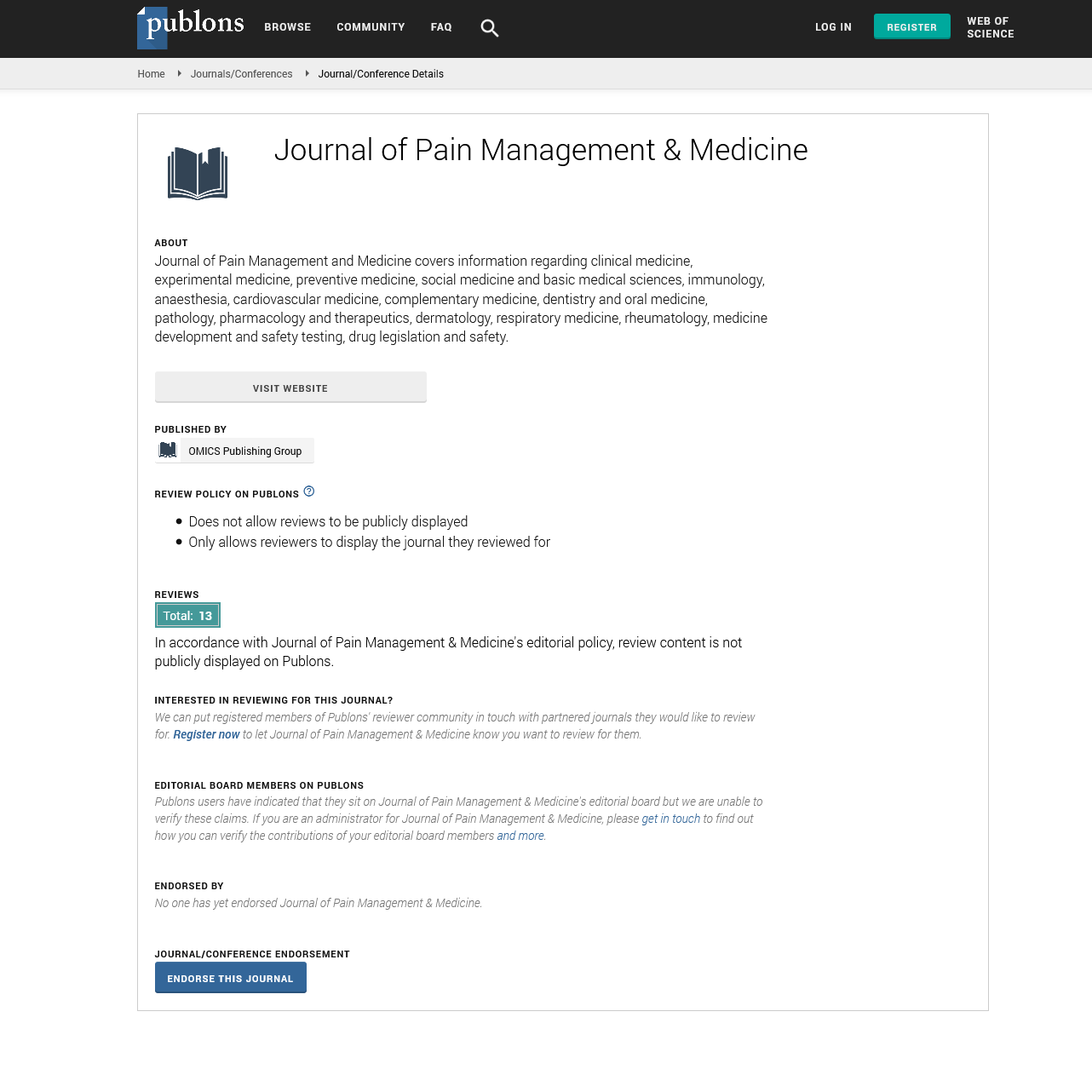Indexed In
- RefSeek
- Hamdard University
- EBSCO A-Z
- Publons
- Euro Pub
- Google Scholar
- Quality Open Access Market
Useful Links
Share This Page
Journal Flyer

Open Access Journals
- Agri and Aquaculture
- Biochemistry
- Bioinformatics & Systems Biology
- Business & Management
- Chemistry
- Clinical Sciences
- Engineering
- Food & Nutrition
- General Science
- Genetics & Molecular Biology
- Immunology & Microbiology
- Medical Sciences
- Neuroscience & Psychology
- Nursing & Health Care
- Pharmaceutical Sciences
Commentary Article - (2024) Volume 10, Issue 5
A Comprehensive Overview of Dementia: Symptoms, Causes and Risk Factors
Waldemar Holm*Received: 26-Aug-2024, Manuscript No. JPMME-24-27469; Editor assigned: 28-Aug-2024, Pre QC No. JPMME-24-27469 (PQ); Reviewed: 11-Sep-2024, QC No. JPMME-24-27469; Revised: 18-Sep-2024, Manuscript No. JPMME-24-27469 (R); Published: 25-Sep-2024, DOI: 10.35248/2684-1320.24.10.294
Description
Dementia is a general term used to describe a decline in cognitive abilities, particularly those that interfere with a person’s ability to perform everyday activities. It is not a single disease, but instead a combination of symptoms caused by a number of neurological conditions. Dementia is characterized by impairments in memory, reasoning, communication and judgment, frequently leading to significant challenges in daily living. While the condition predominantly affects older adults, it is not a natural part of aging and its impact can be severe not only for individuals diagnosed with dementia but also for their families and caregivers.
Types of dementia
There are several types of dementia, each with distinct causes and symptoms, but all of them share the common subject of cognitive decline. The most prevalent types include. Alzheimer’s is the most common form of dementia, accounting for approximately 60%-80% of all cases. It is a progressive neurodegenerative disease that gradually damages brain cells, leading to cognitive decline. The disease is typically characterized by memory loss, confusion and difficulty in learning new information. Over time, individuals with Alzheimer’s experience significant changes in personality and behavior, creating daily activities increasingly difficult.
Vascular dementia is a type of dementia results from damage to the blood vessels in the brain, frequently due to strokes or chronic conditions such as high blood pressure. Vascular dementia can cause problems with memory, confusion and difficulty in planning or organizing. Symptoms may progress gradually, with periods of stability followed by sudden declines after each stroke or injury to the brain.
Lewy body dementia is a form of dementia is associated with abnormal protein deposits in the brain called Lewy bodies. It is characterized by fluctuating cognitive abilities, visual hallucinations and motor symptoms similar to Parkinson’s disease, such as rigidity, tremors and difficulty with movement. People with Lewy Body Dementia may also experience sleep disturbances and difficulty maintaining attention.
Front Temporal Dementia (FTD) refers to a group of disorders caused by the progressive degeneration of the frontal and temporal lobes of the brain. This type of dementia tends to affect individuals at a younger age (typically between 40 and 60 years old) and generally presents with significant changes in behavior, personality and language. People with FTD may exhibit impulsive behavior, a lack of empathy and difficulty in communicating.
Individual may develop a combination of two or more types of dementia. The most prevalent combination is Alzheimer's disease and vascular dementia. The symptoms of mixed dementia are usually more complex and can progress at a more quickly compared to a single type of dementia.
Causes and risk actors
Dementia is caused by damage to brain cells and this damage can result from a variety of underlying conditions. The causes of dementia differ depending on the type of dementia, but some of the most common factors include.
Genetics: Family history plays a significant role in some types of dementia, particularly in Alzheimer’s disease. In certain cases, genetic mutations are responsible for early-onset dementia. However, most types of dementia have complex causes that involve both genetic and environmental factors.
Age: Age is the most significant risk factor for dementia. The probability of developing dementia increases as people get older, with the majority of dementia cases occurring in individuals over the age of 65. However, it is not an inevitable part of aging and many older adults live without any cognitive decline.
Lifestyle factors: Poor lifestyle choices, such as a lack of physical activity, smoking, excessive alcohol consumption and an unhealthy diet, have been associated to an increased risk of developing dementia. Additionally, conditions such as diabetes, high cholesterol and high blood pressure may contribute to cognitive decline by damaging the blood vessels in the brain.
Head injuries: Repeated head trauma, such as that experienced in contact sports or accidents, increases the risk of developing dementia later in life. Chronic Traumatic Encephalopathy (CTE) is a specific form of dementia associated to brain injuries.
Other medical conditions: Certain conditions, such as Parkinson’s disease, multiple sclerosis and Huntington’s disease, can increase the risk of developing dementia. Additionally, untreated mental health disorders, particularly depression, can also contribute to cognitive decline and it can similar to several dementia symptoms.
Citation: Holm W (2024). A Comprehensive Overview of Dementia: Symptoms, Causes and Risk Factors. J Pain Manage Med.10:294.
Copyright: © 2024 Holm W. This is an open access article distributed under the terms of the Creative Commons Attribution License, which permits unrestricted use, distribution and reproduction in any medium, provided the original author and source are credited.

